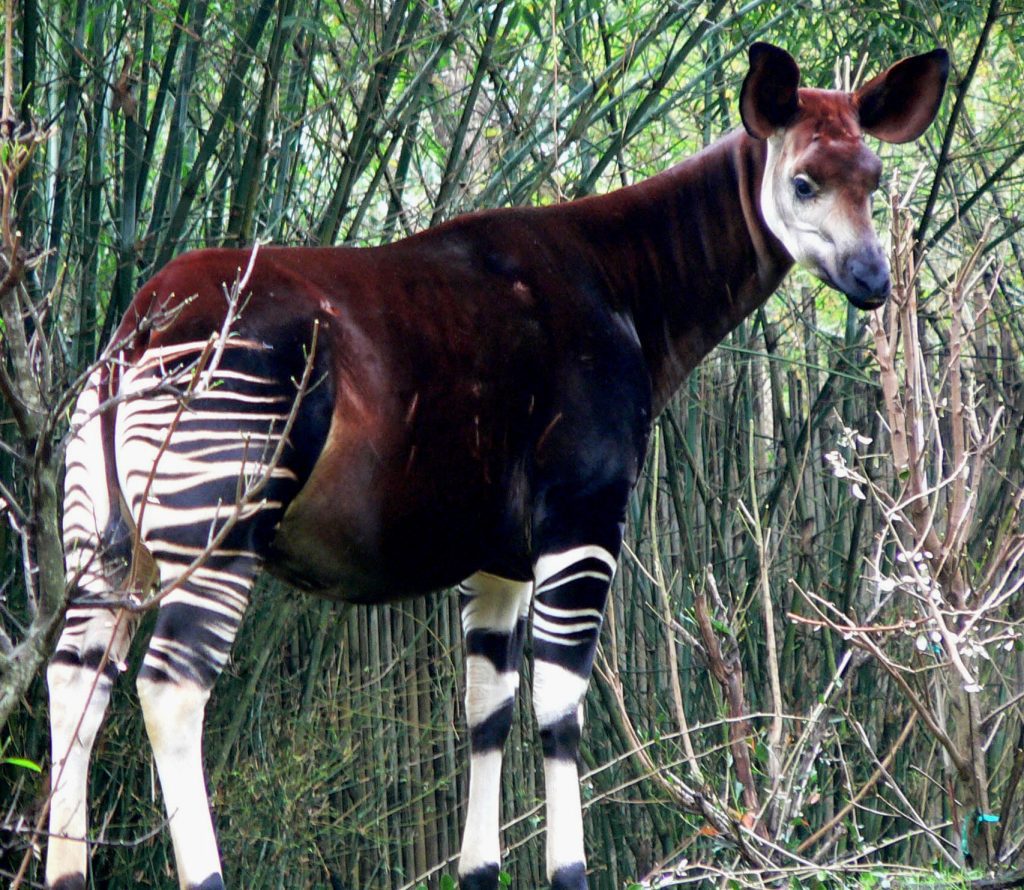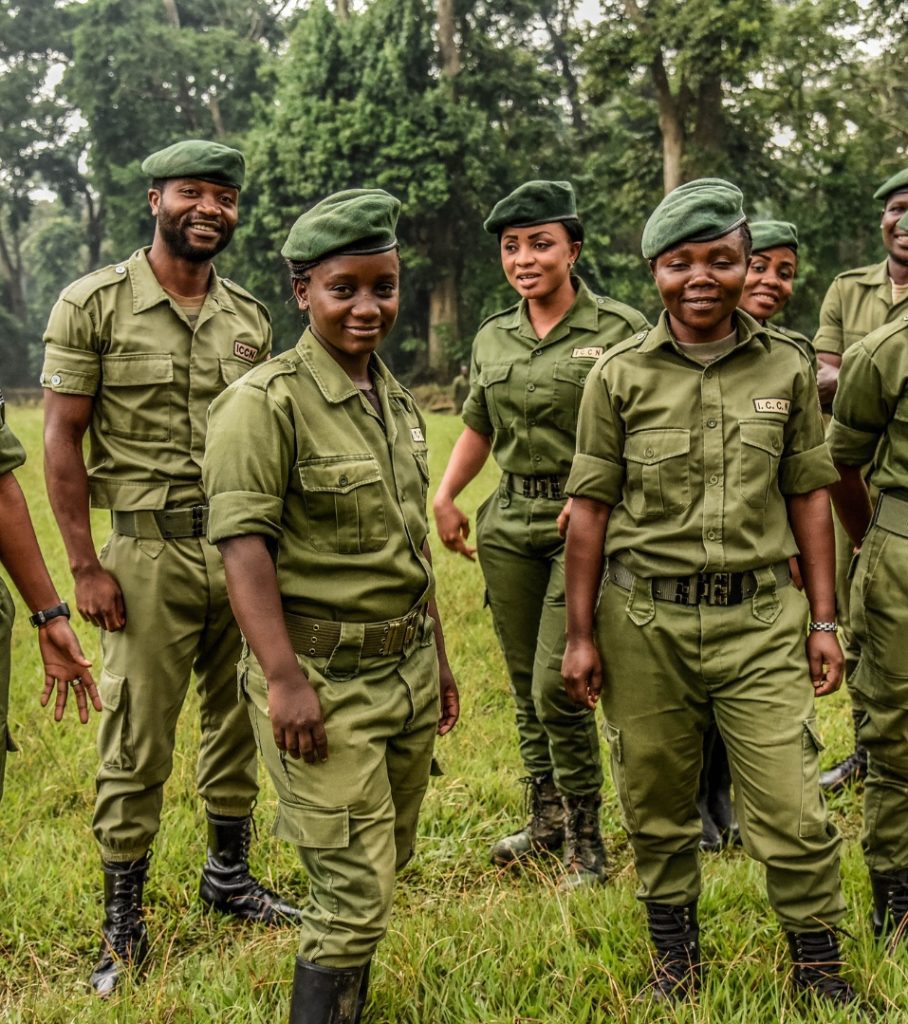Leading biodiversity scientists and E.O. Wilson estimate that another 8 million species are still to be identified. Places for a Half-Earth Future are places that are high priorities for conservation due to their extraordinary species richness and rarity, and whose protection can contribute to achieving Half-Earth. As we race to find and identify all life on our planet, it is critical to build a shared vision for what must be conserved to ensure that no species is left behind.
At COP15, the Convention on Biological Diversity, in Montreal, the world gathered to adopt a Global Biodiversity Framework to support the achievement of the UN’s Sustainable Development Goals and set out a pathway to reach the global vision of a world living in harmony with nature by 2050. The agreed package included requirements for planning, monitoring, and reporting, with all 196 Parties committing to setting national targets to implement it. Yet, there are large gaps in the ability of many countries to act on these commitments, particularly in mapping current conservation areas and creating geospatial catalogs of species within their lands and waters, both known and unknown.
Mega-diverse regions, like the Congo Basin, are prime locations for many of these species, yet to be discovered by science. The Democratic Republic of the Congo (DRC) is the second largest country in Africa, making up a significant portion of the Congo Basin, one of the world’s three major centers of biodiversity, the second-largest tropical rainforest, and one of the most biodiverse places on the planet. It is home to enigmatic species like the endangered Okapi (Okapia johnstoni), only found in the Ituri Rainforest, and the critically endangered Eastern and Western Gorillas (Gorilla beringei, Gorilla gorilla) that rely on intact, healthy tropical ecosystems to thrive.




At COP15, Alex Killion (Half-Earth Project Map Science Advisor and Managing Director at the Yale Center for Biodiversity and Global Change) met with Gaby Kitengie (Technical and Scientific Advisor for the Deputy Director Général Institut Congolais Pour la Conservation de la Nature / Congolese Institute for the Conservation of Nature (ICCN)) to discuss how the Half-Earth Project Map could be used to assist ICCN in their efforts to ensure the management and conservation of more than 90 protected areas and community reserves in the DRC, an immense responsibility in a country where protecting natural resources can be deadly. Rangers, both men and women, are targeted by outside groups who want to use the protected areas for illegal activities like logging, poaching, and mineral extraction.


The Rangers are often the only thing standing in their way. Security isn’t the only constraint. In national parks that do not have public-private partnerships where NGOs oversee management, there is a significant need for additional resources to digitally map, understand, and monitor the biodiversity effectively.
Impact
On the Half-Earth Project Map, in the Explore data globe, the Places for a Half-Earth Future layer shows up in 20 regions in each country that would benefit from additional conservation action. These areas are the top 10% of each country’s priority areas and are important starting points.


Priority areas result from a global conservation planning model that minimizes the amount of additional land needed to protect a sufficient habitat for terrestrial vertebrate species. This model incorporates the amount of human pressures and the proximity to existing protected areas wherever possible to prioritize more intact habitats over habitats needing restoration, and those that can connect or act as conservation corridors between existing protected areas, thus creating larger conservation areas that allow for the natural movement and migration of species.
What’s Next
Clear, concise, and easy to maintain are key to teams on the ground. The development of custom, national biodiversity dashboards that incorporate the best data available will provide ICCN and others with the tools and knowledge necessary to manage biodiversity in the DRC and use the data to prioritize and establish new protected areas. Importantly, the partnership will ensure ownership and management of the data will stay with the Congolese people, ensuring they are the drivers of conservation strategy and policy in their own country.
Connecting science to action to ensure we leave no species behind is the only way we can achieve the Kunming-Montreal Global Biodiversity Framework target of protecting and managing 30% of the world’s terrestrial, inland water and coastal and marine areas by the year 2030, an important step on the path to half.
The E.O. Wilson Biodiversity Foundation is excited to partner with ICCN and other organizations in support of its efforts toward Half-Earth. Be on the lookout for updates on this story and others.
If you have an idea for a story or have questions, please contact Brooks Bonner, Program Director, E.O. Wilson Biodiversity Foundation at bbonner@eowilsonfoundation.org.

